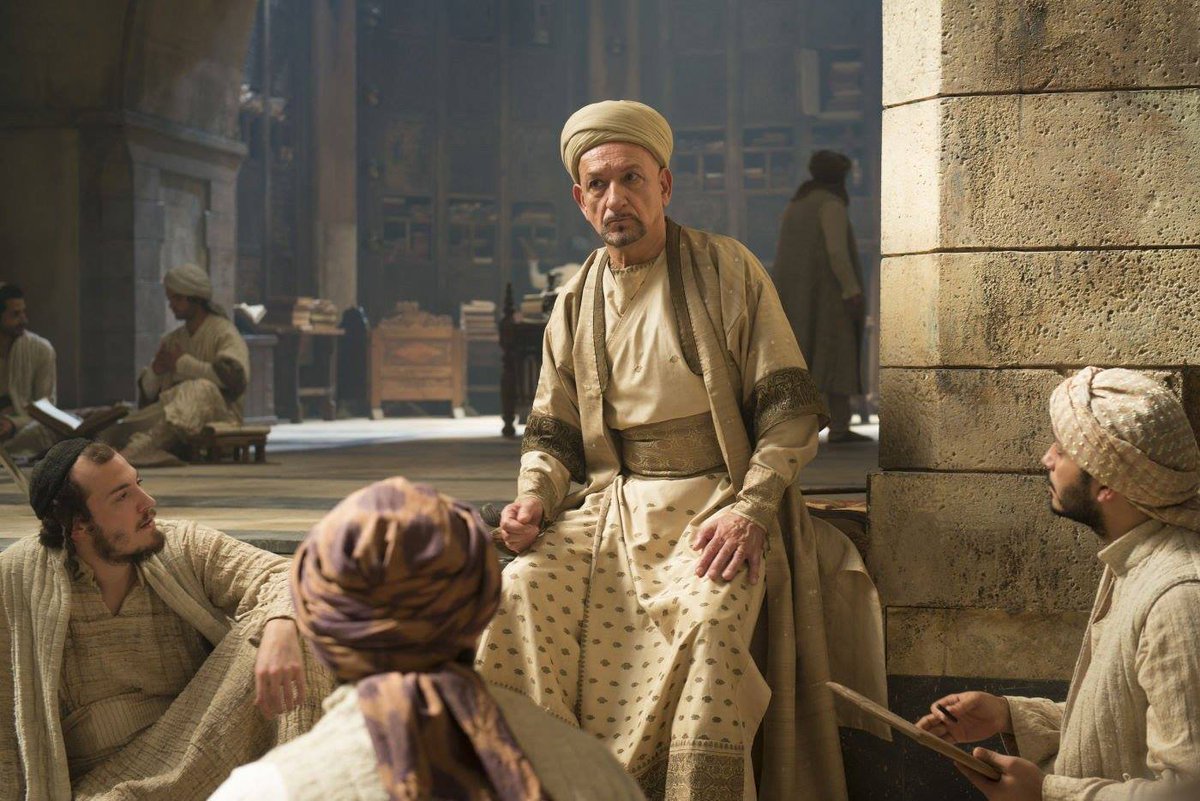
Around ten centuries before the invention of the airplane by Wright brothers, Abbas Ibn Firnas, a well-known Muslim scientist and inventor, made the first attempt of flying. 

Ibn Firnas built a wooden flying machine and used it to jump from a building. He failed in his 1st attempt, but he didn’t lose his hope, and years later, he made a successful flight. This time, he used eagles feathers and silk for his flying machine. 

Ibn Firnas' designs would undoubtedly have been an inspiration for famed Italian artist and inventor Leonardo da Vinci’s hundreds of years later.
📸Artistic impressions of Abbas ibn Firnas and his successful 9th-century flight, 1001 Inventions.

📸Artistic impressions of Abbas ibn Firnas and his successful 9th-century flight, 1001 Inventions.


• • •
Missing some Tweet in this thread? You can try to
force a refresh










